If you are looking for high reliability and performance then Mesh Topology Network is probably the best choice for you. But building a Mesh Network Topology is might be costly when compared to other Types of Network Topologies. When you compare it with Ring Topology then you will find troubleshooting is much easier. But upon comparing Mesh Topology with Star Topology you can easily assess that you will require considerable amount of cabling and hardware to configure your Computer Network. In the coming sections, I will provide you Mesh Topology Explanation in detail for proper understanding.
Introductory video about Mesh Topology
What is Mesh Topology in Computer Networks?
In order to understand this Type of Network Topology, the word Mesh is of chief importance. Mesh is simply a grid or interlacing structure. For example, tennis nets and football goals. These are all Mesh Structures. In much similar way, a Mesh Network also provides interlacing structure in the form of Network Nodes. In this Network Topology Type each Node or Computer contains a dedicated link to every other Node or Computer in the whole Network. Alternatively, a Mesh Network is entirely composed of point-to-point links between each pair of Network Devices. Let me give you a really simple Easy Mesh Network Definition.
In Mesh Network Topology each Network Node has a point-to-point connection to all other Nodes present in the whole Computer Network. This means that there are dedicated links between each pair of Network Devices.
Each link is responsible only for the communication between a single pair of Network Devices. There is no link capacity sharing. That`s why it is by far the most reliable, high performance and fault-tolerant Type of Network Topology. For establishing such a Network you need considerable amount of cabling and Network Interface Cards (NICs). Moreover, addition of even a single device can cost you a handsome amount of money. However, troubleshooting such a Computer Network is quite easy. In the coming sections, I will be explaining Mesh Topology Example and Application.
Mesh Topology Characteristics and Features
- It provides high reliability.
- Easy error detection and problem troubleshooting is fairly easy.
- You may find it difficuly to establish and manage such Network.
- Mesh Network is very secure and it gives best performance.
- Wireless Sensor Networks (WSN) can be easily implemented using this type of topology.
Example of Mesh Topology in Real Life
Due to high cost, we normally don`t prefer to use it. However, you can use it in a scenario where cost is not a problem and your main focus is towards the reliability and performance. But one of the finest Examples of Mesh Network Topology is Zigbee. Zigbee is basically a Wireless Sensor Network. Quite often we can say that Zigbee is basically a Wireless Mesh Network comprising of various types of sensors like pressure sensor, light sensor and heat sensor. It works with low power consumption devices. Moreover, devices in such a Network don`t require higher data transfer rates. Usually this type of Networks perform in a limited geographical area. So, it can be classified as Wireless Personal Area Network.
Real Life Applications and Uses of Network Mesh Topology
Due to the Zigbee platform, you can now find various Mesh Network Topology Applications in real life. You can use it in various scenarios wherever sensor are involved. All you need to do is to configure these useful sensors in the form of Wireless PAN. This sort of application will help you in different situations. However, following are some popular applications:
Smart Home Control and Monitoring
You can have multiple sensors installed for different purpose at your home. For example, a fire sensor in kitchen and fireplace is really handy in the event of fire. Temperature sensors can perform climate control for you. An automated heating and cooling system can do it for you automatically. Electric shock sensors can sense short circuits in various part of underground wiring. In the same way voltage sensor can inform you about voltage fluctuations and thus save electrical appliances from damage. You can configure all of these sensors in the form of Wireless Mesh Topology Personal Area Network that can do wonders for you.
A variety of electrical appliances now have built-in WiFi and Bluetooth connectivity. Most popular in these are air conditioners, refrigerators, sound systems and television. Obviously, you can connect these in the form of a Wireless PAN which will provide you with centralized control option. No matter you are in home or away, you can not only visualize that which appliances are running. You can also switch them on and off. This forms the basis of smart home control. You can also have a sensor on your office door which will provide you information each and every time your office door is opened/closed.
Smart Agriculture Control and Monitoring
With the invention of powerful and accurate environment monitoring sensors, the same idea can be implemented in agriculture field to automate it. This will not only give you the insights but also help in improving the yield of plants. You can use temperature sensor and thermostat sensors to provide optimum temperature to the plants in the green house. Humidity sensors give you idea of humidity in air inside or outside the green house. Obviously you can monitor and control it according to your plant needs.
Water level sensors can assist you in assessing and controlling the irrigation of plants and in-fact this can do wonders for your plants. You can install pollution sensors to sense and measure the amount of toxic material. This will ultimately lead you to use optimum amount of anti-toxic medicine and thus it will save plants from over dosage. Instead of monitoring these sensors separately, you can create a Wireless Sensor Mesh Network Topology to facilitate you by providing all these valuable information at a single time.
However, there are many other Uses of Mesh Topology apart from the above two. Some of these areas include:
- Patient Monitoring System
- Security Systems
- Sports
- Defense Systems
- Strategic Communications
Mesh Topology Description & Explanation using Diagram
I will explain the whole concept using Mesh Topology Picture, which is given blow. The picture shows typical Mesh LAN Topology configuration. As a piece of advice, concentrate on the picture as it will help you in understanding Mesh Topology Meaning in detail. This Mesh Network Topology Layout contains five computers in total. You can clearly see and visualize that each of these computers has a point-to-point link to every other computer in the Mesh Network. For instance, the Computer-1 has dedicated connection links with computers 2, 3, 4 and 5.
Link between any two arbitrary devices is dedicated in nature. So, it can only be used for communication between those network devices which it connects. For example, the link between Computer-2 and Computer-4 only provides communication path between these two. No other computers can utilize it for communication. That`s why it is always costly to implement Mesh Networking. Because you require a lot of Network Cables and Network Adapters. Now you people might be thinking of how we can calculate the number of Network Cables?. Let me solve this problem for you. There is a formula to do it.
Mesh Topology Formula Explanation
Before using Mesh Topology in Computer Network we should get an idea of the number of Network Cables and Network Adapters. This step will give us a rough estimate for the cost. There is no rocket science in it. For this purpose we use Mesh Topology Formula. But before using this formula, you should be clear about the Mode of Communication. You may want only Simplex Communication or Duplex Communication. While configuring each one communication mode, we will have to use different Cable Formula. These are basically Full Mesh Topology Formulas and are not applicable to Partial Mesh in Networking. I will explain these two in detail in the coming sections.
Simplex Mesh Topology Link Calculation
In Simplex Communication, a link only operates in a single direction. For example, television broadcast is always Simplex. This is because we can only receive television signals while we can`t send signals back. So, if we are going for this configuration, we will require two links between each pair of network devices. For example, we have two computers A and B. If we want to configure these in Simplex Mesh Network then we will require two network cables for connecting these. First cable will be able to send data from A to B. Second cable will be responsible for sending data from B to A. Suppose we have N number of computers and we want to configure in Simplex Mesh Networking then the we can use the following formula for calculating number of linking cables:
undefined
Example: Suppose we have three (3) computers and we want to configure these in Simplex Configuration of Mesh Topology
Well in this case N will be 3 i.e. N = 3. So according to the equation formula:
undefined
In this scenario, we will require a total of six (6) cables for configuring the Mesh Computer Network.
Duplex Mesh Topology Link Calculation
Duplex Communication allows a link to operate in both directions. For example, telephone conversation is Duplex. We can listen and speak at the same time. For configuration of a Duplex Mesh Network, we will require only one link between a pair of network devices. For example, we have two computers A and B. If we want to configure these in duplex mode then we will require one network cable for connecting these. Same cable will send data from A to B and from B to A. Suppose we have N number of computers and we want to configure in Duplex Mesh Networking then the we can use the following formula for calculating number of linking cables:
undefined
Example: Suppose we have four (4) computers and we want to configure these in Duplex Configuration of Mesh Topology
Well in this case N will be 4 i.e. N = 4. So according to the equation formula:
undefined
In this scenario, we will require a total of six (6) cables for configuring the Mesh Network of Computers.
How Mesh Topology Works in Computer Networking?
The answer to this question is quite tricky. But at the moment I will briefly explain its working for the sake of understanding and convenience. But I will provide you with detailed information on this one. Stay Tuned for more information. For understanding Information About Mesh Topology Working please refer to the Diagram of Mesh Network Topology. In fact this type of network topology uses one of the following approach for working:
- Routing
- Flooding
Routing Mechanism in Mesh Topology
In this working mechanism, each node maintains a Routing Table. A Routing Table contains the addresses of the destinations and possible linking paths. So, whenever Sender wants to send the data to Receiver, it combines the data message with the destination address. Before sending, Sender has to determine the path to take for transmitting data. If you consider Mesh Network Picture carefully, you will be able to visualize that each of the five computers will create a separate Routing Table. This Routing Table will contain the information about links to other attached Network Nodes.
Example:
Consider above Mesh Topology Picture to understand Routing in Mesh Networking. You can clearly see the labelled links between each pair of nodes. For each computer, separate Routing Table is created. For instance, computer-4 will use the following Routing Table for communicating data with other Nodes in Computer Network.
| Sender Address | Receiver Address | Link Identifier |
|---|---|---|
| Computer 4 | Computer 1 | E |
| Computer 4 | Computer 2 | I |
| Computer 4 | Computer 3 | H |
| Computer 4 | Computer 5 | G |
Suppose computer-4 wants to send data message to computer-2. Computer-4 will create a package containing data and the receiver address. In this case receiver address is computer-2. Now when computer-4 wants to send data, it will first look for linking path before starting data transmission. For this it will refer to the Routing Table. According to the Routing Table, there is a unique linking path between computer-2 and computer-4 and that is Path-I. So, computer-4 will use this dedicated path for communicating with computer-2.
Flooding Mechanism in Mesh Topology
This one is really a very simple approach. Take a look at above Mesh Network Picture for understanding Flooding in Mesh Topology. In this mechanism, there is no need for making or maintaining Routing Table. Instead a computer that wishes to send data message to another computer encapsulates the receiver address and data message in a packet or package. After this it broadcasts the package to all the nodes or network devices attached to it. Each network device receives the package and checks the destination address/receiver address. If its own address and receiver address matches then it keeps the data. Otherwise it simply discards the data.
Example:
Again consider that computer-4 wants to communicate a data message with computer-2. In this scenario, there will be no routing table available. So, computer-4 will combine the receiver address with the data message and create a package. Computer-4 will now broadcast the package. The package will be received at computer-2, computer-3, computer-1 and computer-5. In other words, all the computers having connections with computer-4 will receive the message. On receiving the message, each computer will check the destination address. Computer-1, computer-3 and computer-5 will discard the data message as their addresses are different from the receiver address. However, computer-2 will keep the package because it has same address as the destination address.
Types of Mesh Topology Network
I think up to now you have got a good idea of Mesh Network and its working mechanism. Now, it is the time to discuss another important concept with you. I am talking about Various Types of Mesh Topology that you can use in a Computer Network. This typing is simply based on the organization of links connecting the Network Nodes. So, there are three main Types of Mesh Network Topology and these are as follows:
- Full Mesh Topology
- Partial Mesh Topology
- Hybrid Mesh Topology
I am going to explain various types with different Images of Mesh Topology in the coming section. You will be able to understand these types easily.
Full Mesh Topology or Fully Connected Mesh Network Topology
You people might be thinking that What is Full Mesh Topology? Let me explain it for you in an easy way. Answer to this question is really simple. So, far whatever I have discussed with you was Full Mesh Topology. In short, in Fully Connected Mesh Topology, every network node has a connecting link with all other nodes. It doesn`t matter that how many computers we have in the Computer Network, there is always a designated communication link between each pair of devices.
Due to this type of configuration a Full Mesh Network provides the highest reliability. Similarly, the connecting links, being dedicated, are not shared between various Network Nodes. But at the same time, we require a large number of connecting Network Cables and Network Hardware. So, this Type of Mesh Network, is really expensive to establish.
Partial Mesh Topology
Now let me answer the question that What is Partial Mesh Topology? In Partial Mesh Topology some of the Network Nodes have Full Mesh Configuration. While remaining are not configured in the form of Full Mesh Network. In other words, some of the computers have dedicated communication links with all other computers or Network Devices. Some computers have dedicated communication links with only a few Network Devices. It is less reliable as compared to Full Mesh Network. But, you require less amount of Network Cables and Network Hardware Devices. So, it is less expensive as compared to the prior one.
Hybrid Mesh Topology
A Hybrid Mesh Topology is a mixture of the first two types. Half Mesh Topology is a special type of Hybrid Mesh Network. In this type, half of the Network Nodes have Full Mesh Network Configuration while half have Partial Mesh Network Topology Configuration. You can get the reliability and performance and that too in less cost. It means you don`t need to fully connect those Network Devices which are less important. So, you can pay full concentration to the Network Devices which are more important and central in the Computer Network.
Mesh Topology Advantages and Disadvantages – Pros and Cons
Pros
- If you talk about reliability then Mesh Topology is highly reliable.
- With this type you get best Network Performance and Network Speed.
- It provides the best security and keeps Network secure from unauthorized access.
- Failure of one or more nodes doesn`t affect the whole Computer Network.
- Error detection and troubleshooting processes are really easy. If two devices are unable to communicate then either one of the two devices is problematic or the link connection both has a problem in it.
- This Type of Topology Network can work with sensors and battery powered devices to create Wireless Sensor Network (WSN). Home automation, office monitoring and agriculture monitoring are some popular applications.
Cons
- It is most costly Network Topology to implement in real life scenario.
- Building and managing such a Network is really difficult and time consuming task.
- If you want to add new computers then trust me it is very difficult to add new ones. Moreover, considerable expensive incur in this process.
- Managing a large number of cables and hardware is really an art. You require proper labeling of cables. If you don`t label cables properly then you will be unable to understand the connections throughout the Mesh Networking.
FAQs
1. What do you mean by Mesh Topology?
It is a highly reliable, secure and high performance Computer Network Topology in which each Network Node connects with all other Network Nodes with the help of dedicated point-to-point communication links. These communication links are not shared. Alternatively you can call it Mesh Network. It has two types:
- Fully connected Mesh Network
- Partially connected Mesh Network
2. How does Mesh Topology work?
Well, Mesh Topology Work by using either Routing or Flooding mechanism. In Routing, each computer establishes a Routing Table. Every time a device wants to send information, it first looks for the communication link to receiver using routing table. Flooding involves sender to broadcast the message to all the nodes. Node having the same address as address given in the message keeps data. Otherwise, node discards the data message.
3. Why is Mesh Topology expensive?
In order to configure Mesh Network you have to create point-to-point dedicated links between each pair of nodes. A link can only facilitate only those devices which it connects. No other device can share link between other two devices. For this purpose, you require a large number of network cables and network devices. This causes a lot of cost expenditure. That`s why it is most expensive.
4. Who uses Mesh Topology?
- High end Network Backbones
- Zigbee
5. Why Mesh Topology is most robust?
It is highly robust due to the following factors:
- Easy troubleshooting.
- Network continues to work even in the event of failure of one or more nodes.
- High security.
- Non-sharable dedicated links.
6. How many cables are needed in Mesh Topology?
It strictly depends upon the factor of transmission mode being used. In configuring a Mesh Network you have option to configure it either in Simplex or Duplex. If you want to configure N nodes in Simplex Mesh Network then you will require following number of cables.
undefined
However, if you are going to configure N nodes in Duplex Mesh Network Topology then you require following number of cables.
undefined
7. Is Mesh Topology bidirectional?
If you configure Mesh Topology in Duplex Mode then it is absolutely bidirectional. However, if you are to stick with Simplex Mode Mesh Network then scenario is different. You will have to use a pair of network cables between two each pair of nodes to make it bidirectional. Single cable between a pair of nodes having Simplex Mode will make it only unidirectional.
8. What are two characteristics of a Mesh Network Topology?
There are a lot of Characteristics of a Mesh Network Topology. However, following two are the main ones:
- It is Highly Robust
- It provides Dedicated Links, High Security and Enhanced Performance as compared to other Network Topology Types
9. What is an advantage of a Mesh Topology?
Mesh Network Topology doesn`t provide a single advantage. There are a lot of advantages associated with it.
- High reliability, performance, speed and security.
- Whole Computer Network continues to work even when one or more fail.
- Easier error detection and troubleshooting.
10. What is routing in Mesh Topology?
In Routing mechanism, each node maintains a Routing Table. A Routing Table contains the addresses of the destinations and possible linking paths. So, whenever Sender wants to send the data to Receiver, it combines the data message with the destination address. Before sending, Sender has to determine the path to take for transmitting data. Each computer will create a separate Routing Table. Routing Table will contain the information about links to other attached Network Nodes.
11. What is flooding in Mesh Topology?
In this mechanism, there is no need for to create and maintaining Routing Table. Instead a computer that wishes to send data message to another computer encapsulates the receiver address and data message in a packet or package. After this it broadcasts the package to all the nodes or network devices attached to it. Each network device receives the package and checks the destination address/receiver address. If its own address and receiver address matches then it keeps the data. Otherwise it simply discards the data.
Final Words
As a conclusion I just want to say that if you really want a highly reliable, high performance and speed then Network Mesh Topology is probably the best choice for you. For establishing such a Network, you require considerable amount of money. For suppressing cost expenditure, you can look for Partial Mesh Networking. Establishing, managing and maintaining Network in this Type of Topology is really a time consuming and difficult task. But if you are planning to implement automated monitoring and control mechanism in your home, office or agricultural field then this will be probably best one for you. That`s all for now. I hope that you might have gained a lot of concepts in this article. More is coming on your way. Stay tuned to get updated.


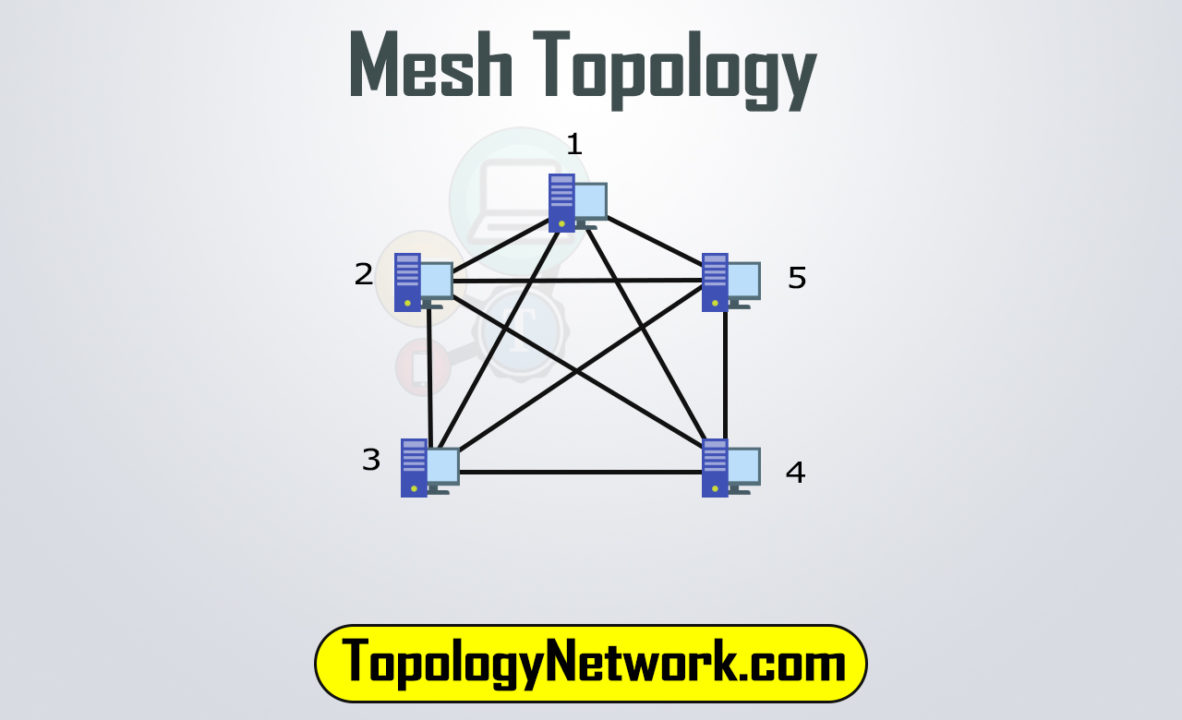
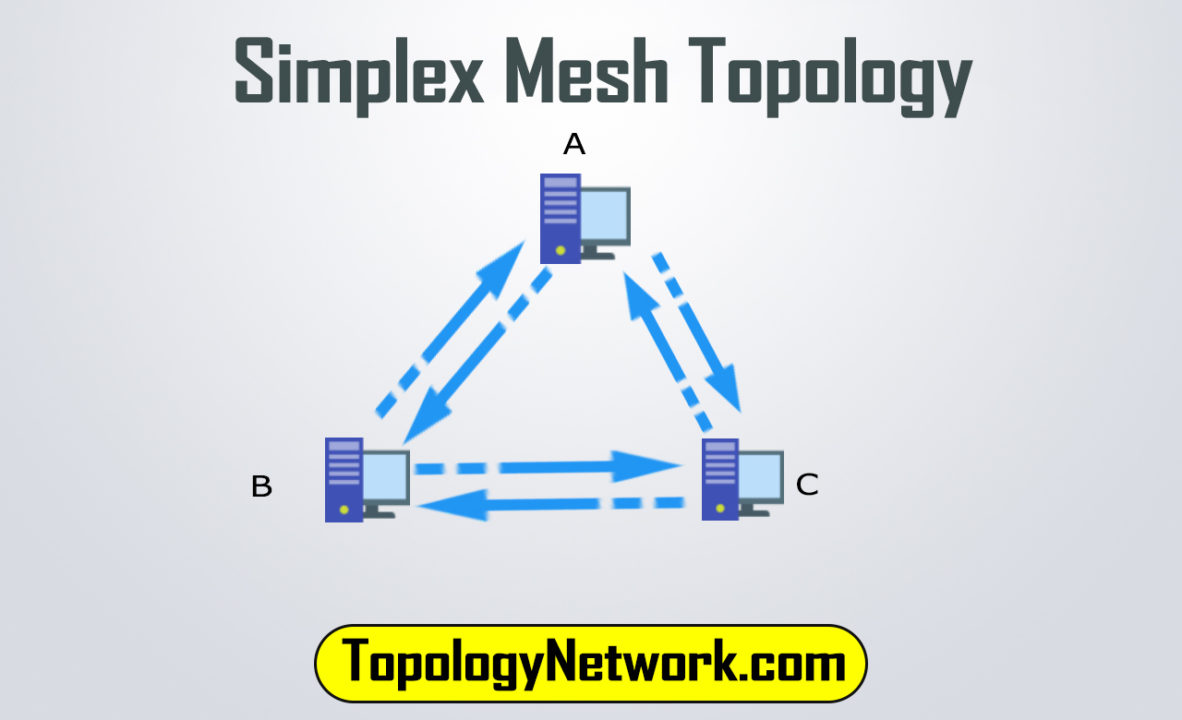
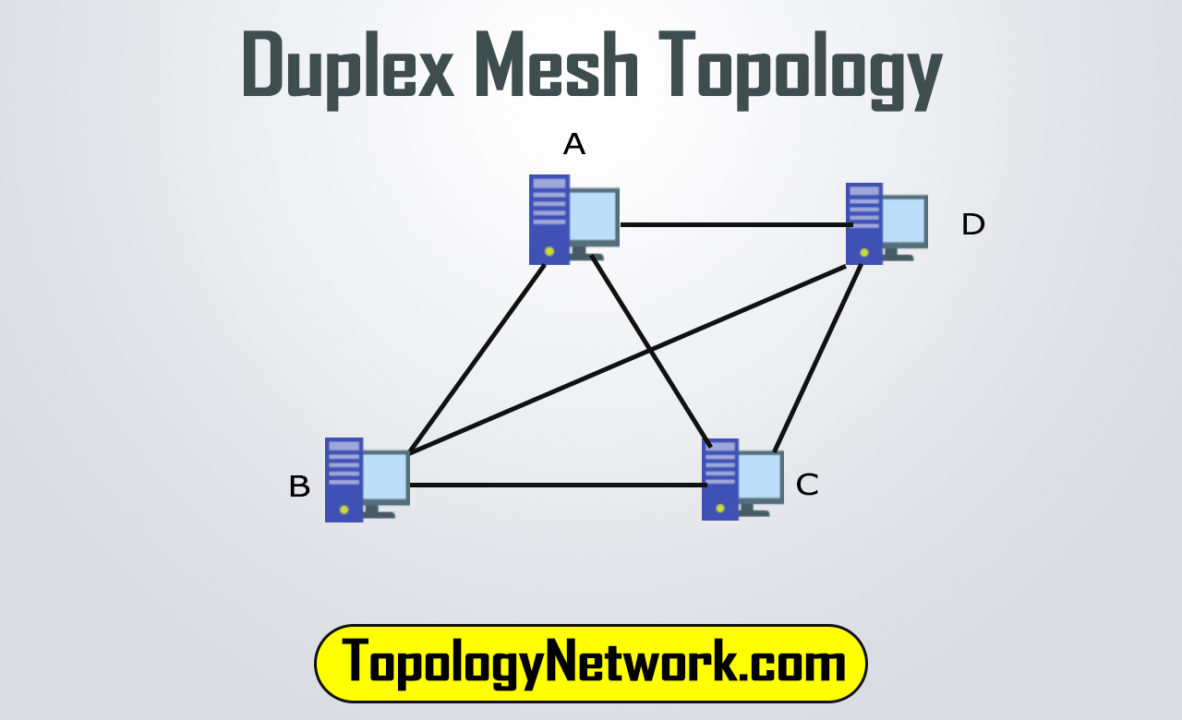
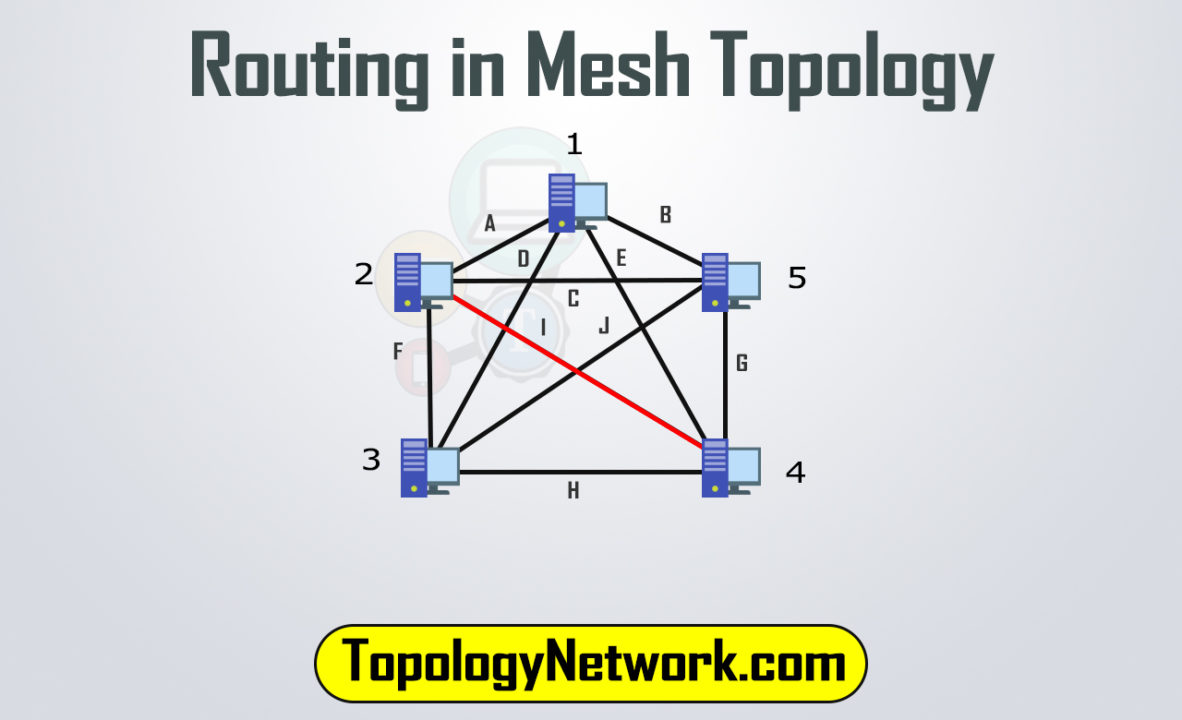
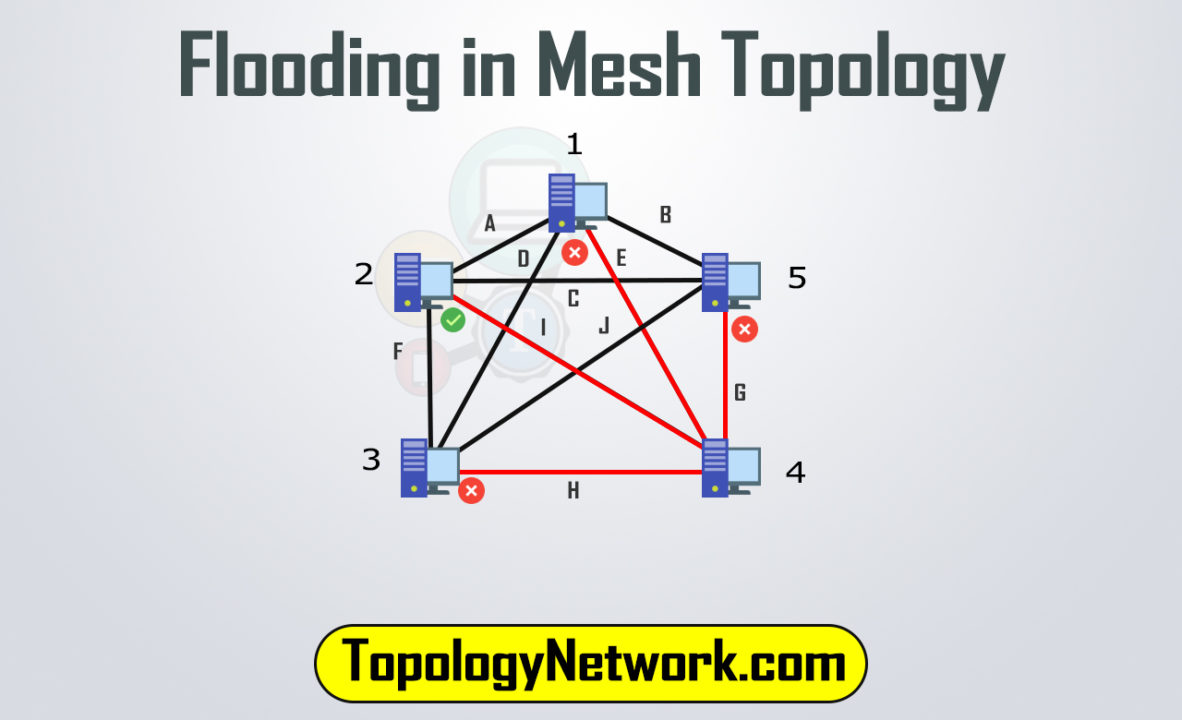
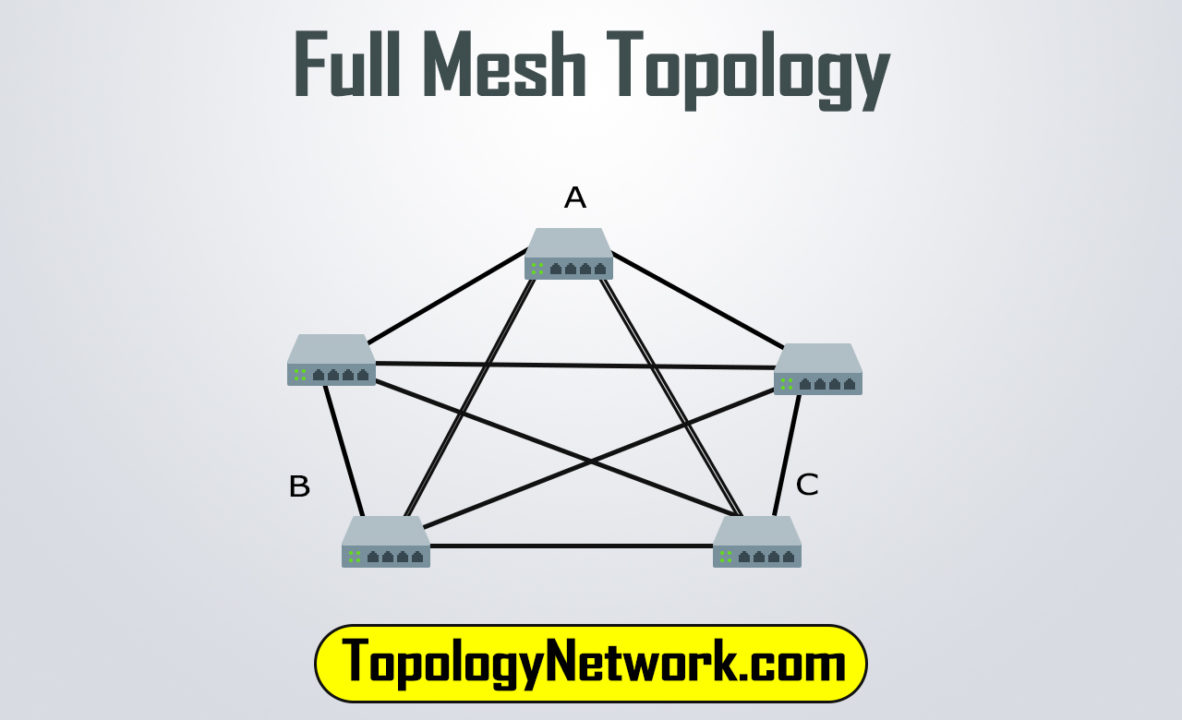
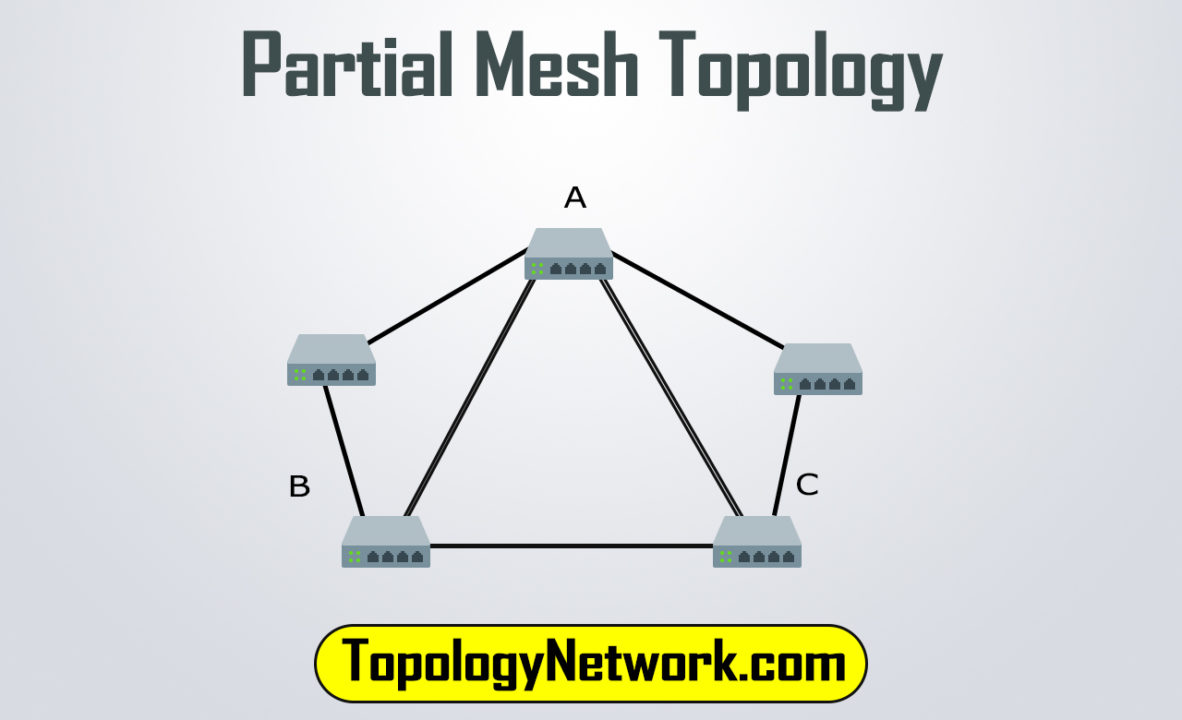






Always a big fan of linking to bloggers that I really like but dont get quite a bit of link adore from. Catlaina Alaster Hax
Your style is unique compared to other people I have read stuff from. Laurella Garrick Lisan
I do agree with all the concepts you have offered for your post. Addia Shep Hooper
Wonderful post! We will be linking to this great article on our website. Keep up the good writing. Marga Timmy Silda
I really like and appreciate your blog post. Much thanks again. Cool. Malissia Eddy Shaughnessy